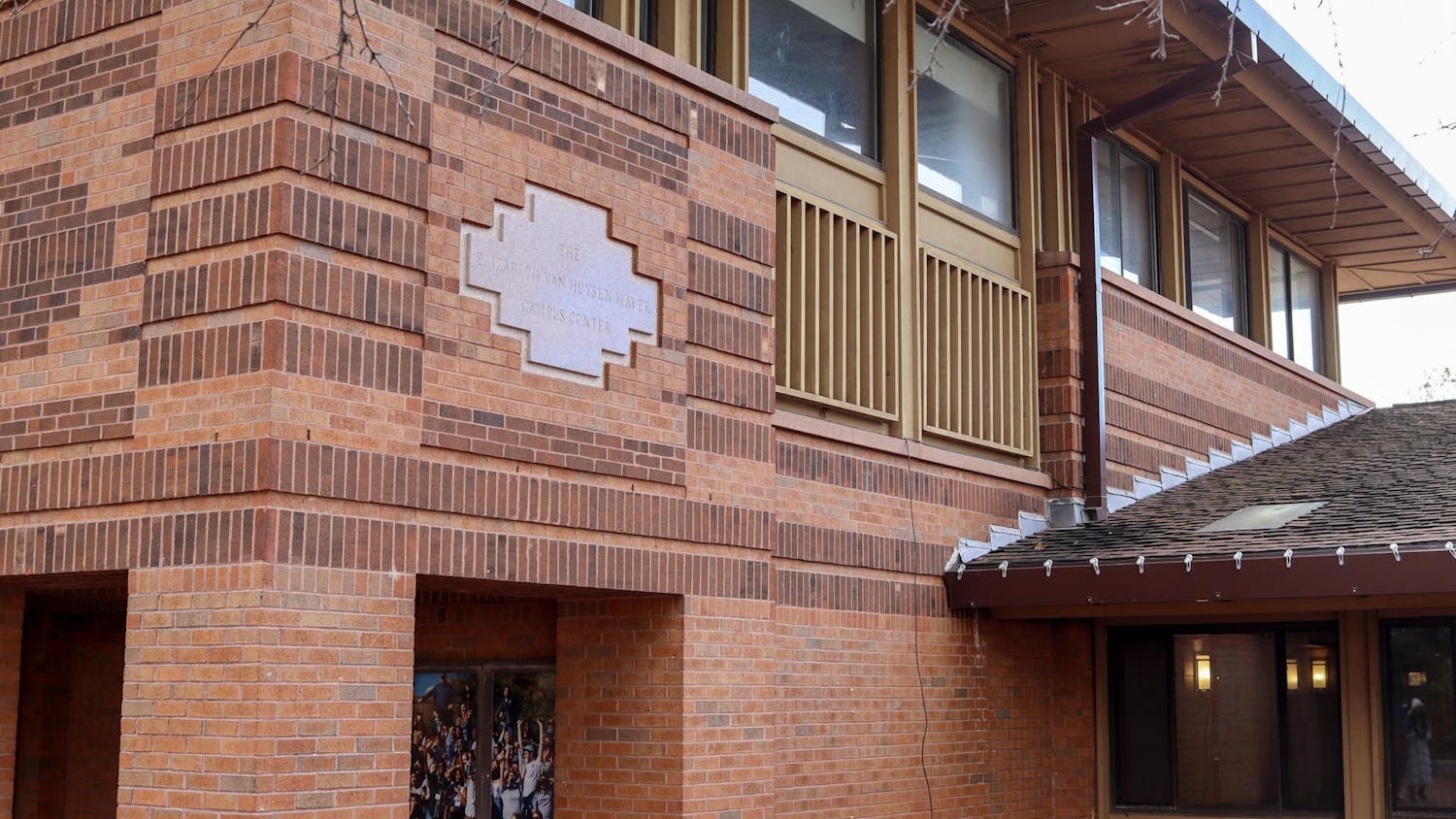Tufts is changing its one course, one credit system to the widely-used semester-hour unit system, otherwise known as the credit-hour system, by fall 2018, according to a post made on the Tufts Student Life Website. The new system will make most courses worth three credit-hours, though some may be worth more or less depending on the time they require, the site said.
The New England Association of Schools and Colleges (NEASC), the organization responsible for accrediting Tufts, took issue with the current course credit system because it was possible for a student to graduate without the United States Department of Education-stipulated number of credit-hours necessary for a Bachelor's degree, according to Dean of Undergraduate Studies Carmen Lowe.
The Department of Education requires that a Bachelor’s degree consists of 120 semester hour units according to Chair of the Education Policy Committee and Classics Department Lecturer Anne Mahoney. One semester hour unit is equivalent to an hour of class and two hours of homework per week, according to Mahoney.
Tufts previously required every graduate to have 34 course credits for the School of Arts & Sciences and 38 course credits for the School of Engineering, according to Tufts' Student Life website.
According to Mahoney, NEASC converted Tufts credits to U.S. Department of Education credit-hour units and found that it was possible for students to graduate with 102 semester-hours. Mahoney noted that for a student to graduate with 102 semester hours, that student would have to take the bare minimum of classes meeting only three hours a week.
While the current system may allow students to graduate with too few credit hours, most students were already going far beyond the graduation requirements, according to Mahoney. A recent internal study found that half of students were taking more than 36 Tufts credits, above the 34 required for Arts and Sciences students, Mahoney said.
Jason Rife, associate dean and associate professor in the Department of Mechanical Engineering, chaired the School of Engineering Curriculum Committee. He reiterated that under the current system, some students would not be meeting the Department of Education's standard.
“We couldn’t prove that all our students were graduating with 120 credit hours," he said.
Lowe clarified that a class worth three semester-hours -- the majority of classes at Tufts -- would be a course that meets for three hours a week and gives at least six hours of homework each week. Lowe added that students would be expected to take about fifteen semester-hour units per semester.
However, Lowe noted that once the change has taken place, courses that students have already completed will count for four semester hours and half courses for two.
According to Rife, courses will also now be weighted according to their semester hour units, meaning that a four-credit course would have a larger impact on GPA than a three-credit one.
The federal government, Lowe added, devised the guidelines in 2011 in response to the increasing variety of undergraduate instruction. “There are blended classes, online classes, flipped classes,” she said.
Lowe also noted that the changes weren’t meant to drastically change students' education, comparing the transition to a change from the imperial system to the metric system.
“We think a Tufts education is pretty good. We’re trying to keep things the same, it’s just a different method of accounting,” she said.
Mahoney said that the changes were first recommended 18 months ago, and since then the faculty has had the opportunity to streamline the course catalog.
Rife said Tufts once operated on semester-hours but changed over to the course credits because it reflected the universality of a liberal arts education in that all learning was equally weighted.
Rife said that this new system would be more informative to students, as the semester-hour unit was an indicator of the time commitment a student could expect from a given class and would help students plan a reasonable schedule.
“Currently students have no idea how long a course is going to take according to their weekly schedule,” he said.
Sophomore Bradley Waddell was ambivalent about the changes.
“It’s way easier to just think one class, one credit,” he said.
Yet Waddell also said that he appreciated the new system’s ability to reflect various time commitments of classes.
Rife acknowledged that the new system has drawbacks.
“You [didn't] have to worry about an intro course with a lot of labs weighing heavily on your GPA early on," he said.
Still, Rife said the current system does not provide the necessary uniformity between different classes and programs of study.
“One credit is not always the same thing,” Rife added.“Certain courses always take a long time.”
Credit hours for the upcoming fall 2018 classes have been suggested by the registrar, according to Rife, but departments still have to give their input in deciding the credit-hour worth of their courses.
One course, one credit system changed to credit-hour system






